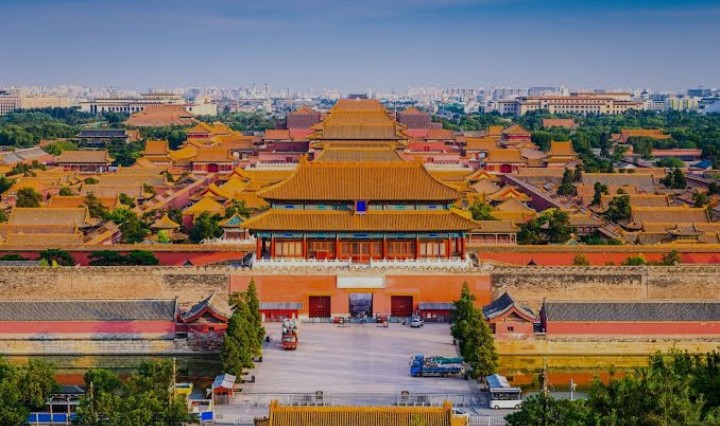In the very heart of Beijing lies one of the world’s greatest architectural and cultural wonders—the Forbidden City. Once the seat of China’s emperors for nearly 500 years, this magnificent palace complex is now a UNESCO World Heritage Site and one of the most visited tourist centres in the world. Stepping through its gates is like traveling back in time to the days of the Ming and Qing dynasties, where emperors ruled behind towering red walls.
 A Glimpse into History
A Glimpse into History
Built in the early 15th century, the Forbidden City served as the imperial palace for 24 emperors. For centuries, ordinary citizens were not allowed to enter—hence the name “Forbidden.” Today, it is open to millions of visitors every year as the Palace Museum, preserving China’s royal history and priceless artifacts.
 Architectural Grandeur
Architectural Grandeur
The Forbidden City is the world’s largest palace complex, with over 980 buildings and 9,000 rooms spread across 180 acres. Its design reflects traditional Chinese architecture at its finest—majestic halls, golden rooftops, red lacquered walls, and intricate dragon carvings symbolizing imperial power.
Some must-see highlights include:
Hall of Supreme Harmony – The grandest hall, once used for coronations and ceremonies.
Imperial Garden – A peaceful escape with pavilions, ancient trees, and stone pathways.
Gate of Heavenly Purity & Palace of Earthly Tranquility – Symbolic residences of emperors and empresses.
 Culture & Treasures Inside
Culture & Treasures Inside
The Forbidden City is not just architecture—it’s also home to one of the world’s richest museum collections. Visitors can admire imperial artifacts, calligraphy, jade, porcelain, and rare paintings, each telling the story of China’s dynastic past. Seasonal exhibitions and cultural events make every visit unique.
 Visitor Experience
Visitor Experience
Walking through the Forbidden City is an unforgettable journey. From the grand Meridian Gate to the ornate Hall of Preserving Harmony, every corner offers breathtaking photo opportunities. The contrast of ancient palaces against Beijing’s modern skyline creates a stunning visual reminder of China’s past and present.
 Nearby Attractions
Nearby Attractions
After exploring the Forbidden City, travelers can also visit:
Tiananmen Square – Just south of the palace, one of the world’s largest public squares.
Jingshan Park – Climb to the top for a panoramic view of the Forbidden City’s golden rooftops.
Wangfujing Street – A lively shopping and food street to taste Beijing delicacies.
 Why Visit the Forbidden City?
Why Visit the Forbidden City?
The Forbidden City is more than a tourist site—it’s a living museum of Chinese heritage. It represents centuries of imperial power, artistry, and tradition. Whether you’re fascinated by history, architecture, or photography, visiting the Forbidden City is a must for anyone traveling to China.






